Safety Gloves
Protective gloves to keep hands safe from a variety of hazards
There are five main hazards that can potentially cause injury to hands in the workplace and the correct safety gloves are handy things to keep hand safe.
Mechanical Risks EN 388:2016
This includes injury from: abrasion, cuts, tears, puncture and impact, gloves covered by the EN 388:2016 standard are tested and scored for each of the risks.
Chemical Risks EN 374-1:2016+A1:2018
Gloves meeting this standard are tested by measuring the length of time a variety of chemicals take to permeate the glove's material. The test uses 18 chemicals, each given a corresponding letter and the glove must be able to resist pemeation for at least 30 minutes to be awarded certification depending on how many of the chemicals it is able to resist. Type A gloves can resist 6 chemicals, Type B gloves can resist 3 chemicals and Type C can resist 1 chemical.
Heat and Flammability EN 407:2004
Gloves are tested and scored against: flammability, direct contact with hot surfaces, convective heat, radiant heat, small splashes of molten metal and large splashes of molten metal.
Cold EN 511:2006
Gloves are tested and scored against: water permeability, convective cold and direct contact with cold surfaces.
Micro Organisms EN374-5:2016
Tests against ingression by micro-organisms include penetration tests for air and water, an additional test for virus protection, ISO 1604:2004, certifies that gloves meeting this standard are resistant to bacteriophage and are marked with the word VIRUS under the EN374-5:2016 pictogram.





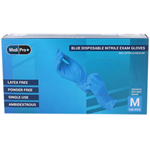
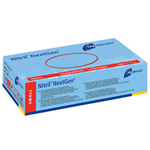
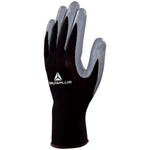


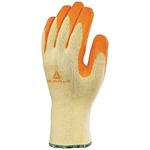

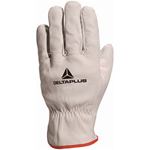
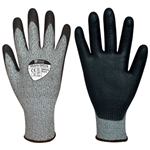
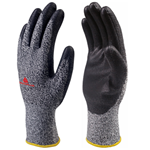
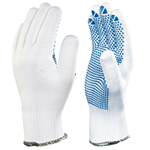
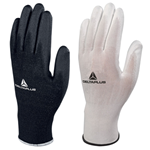
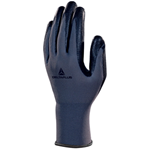
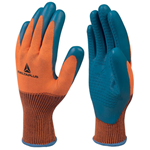
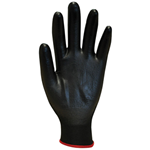
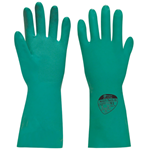
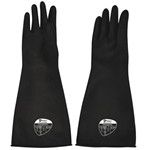
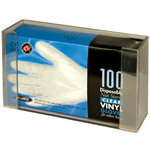
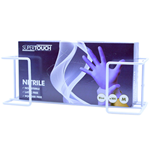
 Safety First: Industrial Winter Gear for Employees
Safety First: Industrial Winter Gear for Employees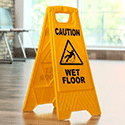 Safety First: Caution, Cleaning in Progress! Enhancing Workplace Safety with ESE Direct
Safety First: Caution, Cleaning in Progress! Enhancing Workplace Safety with ESE Direct PPE Workwear - What You Need
PPE Workwear - What You Need